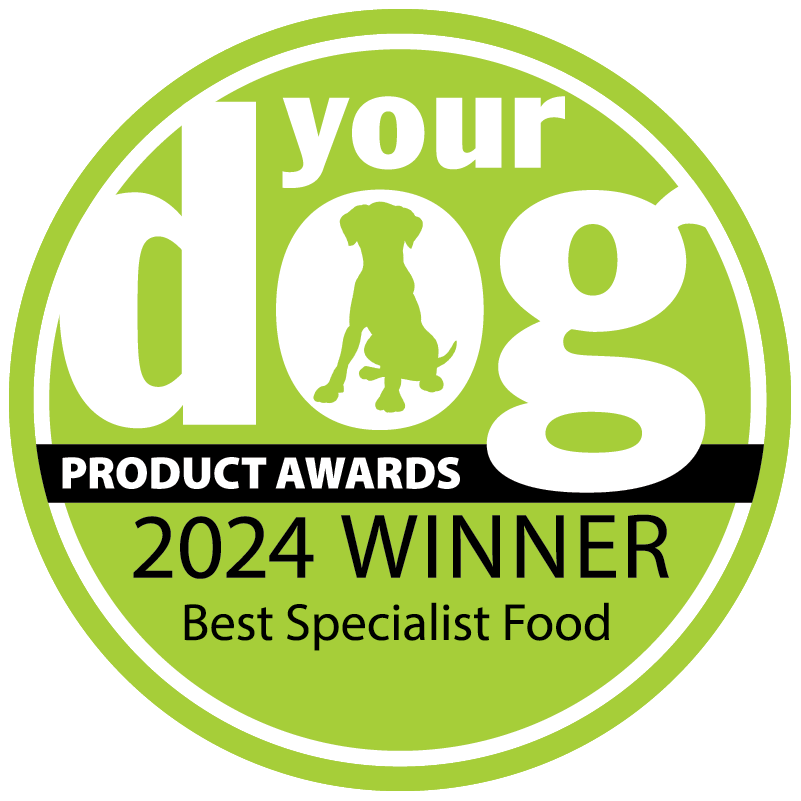

![]() Commonly known as Bloat or Gastric Torsion, Gastric Dilation Volvulus (GDV) is the medical term for a life-threatening condition characterised by rapid and abnormal distention of the stomach, often accompanied by twisting of the stomach.
Commonly known as Bloat or Gastric Torsion, Gastric Dilation Volvulus (GDV) is the medical term for a life-threatening condition characterised by rapid and abnormal distention of the stomach, often accompanied by twisting of the stomach.
![]() If the stomach of your pup is twisted, gas, food and secretions cannot escape in the usual ways, which causes the stomach to bloat further, causing swelling and loss of blood flow to the stomach and other vital organs.
If the stomach of your pup is twisted, gas, food and secretions cannot escape in the usual ways, which causes the stomach to bloat further, causing swelling and loss of blood flow to the stomach and other vital organs.
![]() Quick action is required to correct the GDV. If left undetected, the loss of blood flow can cause the death of vital tissues, putting your dog’s whole system into a state of shock and likely resulting in organ failure or even death.
Quick action is required to correct the GDV. If left undetected, the loss of blood flow can cause the death of vital tissues, putting your dog’s whole system into a state of shock and likely resulting in organ failure or even death.
![]() Pretty terrifying, right? The good news is, you can give your dog a high chance of survival by learning to recognise the early signs of GDV.
Pretty terrifying, right? The good news is, you can give your dog a high chance of survival by learning to recognise the early signs of GDV.
However, deep chested dogs and larger breeds are more predisposed to developing the life-threatening condition. Breeds such as Dobermans, St Bernards, German Shepherds, Great Danes, Setters, Weimaraners, Standard Poodles and Bassett Hounds are all in the high-risk category.
Bloat is a veterinary emergency and a few minutes can make a big difference to your dog’s survival, so you should seek veterinary attention immediately.
If you suspect your pup is bloated, take them straight to the vets and call ahead (if it’s safe to do so!) to let them know you’re on your way, so they can prepare for your pet’s arrival.
Speak to our dedicated nutritionists for more advice...







